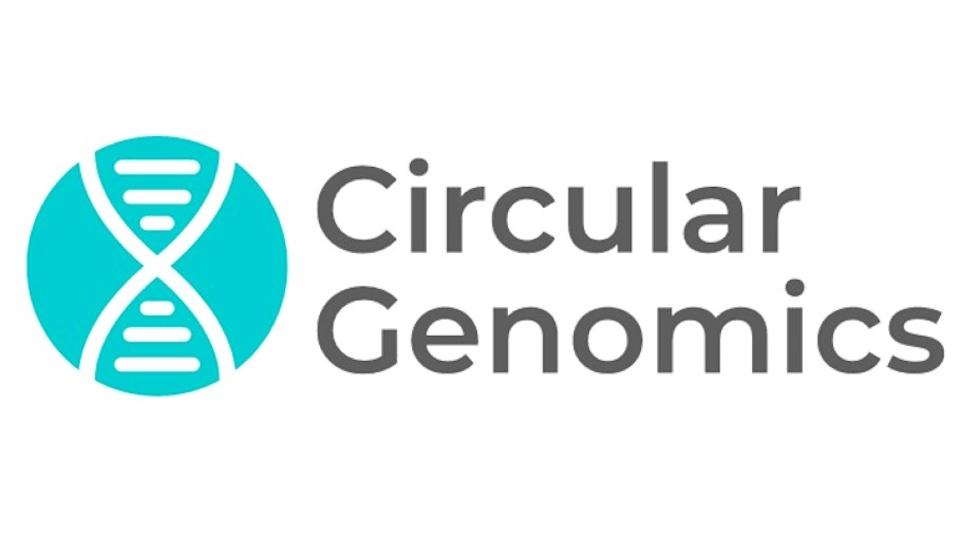Communications in time of a crisis

Paul Kidwell walks us through how to handle pharmaceutical communications at the time of a crisis.
Within the biopharmaceutical industry a crisis can come in many forms; all of which can impact an organization negatively. These unforeseen events can impact the entire fabric of the organization; with reverberations felt from field sales teams to the executive suite; to doctors' offices and ultimately to their patients. While a crisis can occur at any time within any particular company, the effect it may have on a pharmaceutical company – given the medical products it develops and for whom those medicines are intended – can be particularly acute as it can be felt not only in its financial standing, but, and perhaps even more importantly, impact how the company is viewed by key audiences and stakeholders and shake the confidence in its science that undergirds product development. It can also cause legal and regulatory issues with those govern bodies that regulate the industry.
"Preparing for and managing a crisis within the pharmaceutical industry is a complex, and multi-layered business function"
Preparing for and managing a crisis within the pharmaceutical industry is a complex, and multi-layered business function that requires the attention and participation of much of the entire organization, along with outside organizations who have a direct impact on the company such as regulatory bodies, law firms and other external service providers and CROs.
Being prepared.
There is a tried and true sports cliché; the best offense is a great defense, which means that in order to win the match you must be prepared to defend the opponent's best offensive punch.
Understanding where a crisis may occur before it happens is an essential defensive building block. Identifying those areas where something untoward may occur – and preparing to reverse that occurrence - is not admitting a company's shortcoming; just the opposite. In the pharmaceutical industry there are several points of entry for a crisis that have become not so uncommon occurrences in recent years and which may put a company on the defensive with patients, physicians, investors, analysts, employees as well as regulatory agencies. Events like failed clinical trials that did meet established medical plateaus, adverse incidents such as patient deaths, layoffs, supply disruptions and/or acquisitions by larger and more deeply-rooted companies are some of the occurrences that may cause a ripple of a crisis in an otherwise tranquil sea of business activity. In today's business environment, events like these are bound to happen, so the news of these episodes will not remain "Page One" for long if properly planned for. There is no great dishonor in incurring a business setback; however, not being shored up to respond to a crisis situation where time is of a premium and quick and accurate decisions are called for, is a company's fatal flaw. In a crisis, a company and its reputations and ongoing success is measured by how well and quickly it reacts amidst the chaos and confusion. It can be a time of heightened emotions and where little logic is evident to help govern the situation; often giving into the loudest public voice outcry. In a crisis, the squeaky wheel often does get the oil; whether it deserves it or not. In order to ensure that reactions are in the best interest of the company and its key internal and external audiences, reactions have to be governed by actions. Not just any actions, but actions that are put in place long before the crisis occurs and escalates.
"Understanding where a crisis may occur before it happens is an essential defensive building block."
The best way to manage a crisis is to be prepared for it well in advance. Nobody can predict the time and date when a crisis will hit, so the phrase "well in advance" gains additional importance in crisis management. Being prepared means having a conceptual understanding of possible crises of various types and an infrastructure to handle them. A thorough, well-developed and constantly updated and vetted crisis plan should be the "break glass in case of emergency" strategy that involves all company stakeholders who completely understand their roles and responsibilities and the need for them to step to the plate when needed. Companies who take this issue seriously and establish teams with a clear path of "do's and don'ts" will successfully navigate any crisis. Helping them traverse this process and the element that is at the foundational core of any crisis program is communication – internal and external.
Communications drives the social conversation during a crisis
"All the best laid plans," so the saying goes. During a time of crisis, there is no more important business function than communication (written with the humility that only a PR professional can bring) and it is the company's Corporate Communications / Public Relations team that should drive the advanced planning as well as the implementation of that plan. Communications should have its hand on the pulse of all key audiences and no one department is in a better position to run this program and making sure that there is a consistency of message and continuity in the delivering of those messages by company spokespeople and executives. All stakeholders, both external and internal, must be aware of possible crises the organization may face and the potential impact on the company. It is common business knowledge – and should come as no surprise – that companies who proactively communicate to employees, investors, media, and other key audiences during the onset and tenure of a crisis are successful in averting any long-term negative impact, while those that do not may incur short- and long-term business challenges in an attempt to rebound from an adverse event.
It's also clear that the pace at which bad news historically travelled is nothing compared to the warp-speed that it circumnavigates a company's corporate universe through today's social media engine. An isolated occurrence in a clinical trial in Boston can achieve viral status in a matter of moments through the Twittersphere, Facebook and industry bloggers who may "shoot first and ask questions later." No need to prepare for the 6:00 evening news, a company can have a crisis brewing outside its doors at any minute or hour of the day, and the nature of the current news environment ensures that it is slow in becoming yesterday's news. Discussions and reporting of these activities may go well beyond the traditional news cycle and may linger within the social channels with the potential to cast a pharmaceutical company in a negative light.
"...companies who proactively communicate to employees, investors, media, and other key audiences during the onset and tenure of a crisis are successful in averting any long-term negative impact..."
A company needs to respond quickly, accurately, consistently, and not veer from its central messages. Investors, employees, media, patients, physicians and analysts are all looking for answers, so a company's communications arm needs to be the only trusted and valued source of information during this time. In the right environment it may be strategic to "fight fire with fire" and if you are being castigated through social networks, consider using those channels to send out your own message. Our industry has been somewhat slow to adopt these evolving resources, and I would encourage companies to be forward-thinking in becoming more social, particularly in a time of crisis. This is a dialogue; not a soliloquy from the naysayers and critics. Meeting the crisis where it lies and can do the most harm is the same place where you must disseminate information and participate in the discussion.
About the author:
Paul Kidwell is an Independent public relations consultant.
Closing thought: Do you have your crisis communications plan laid out?












